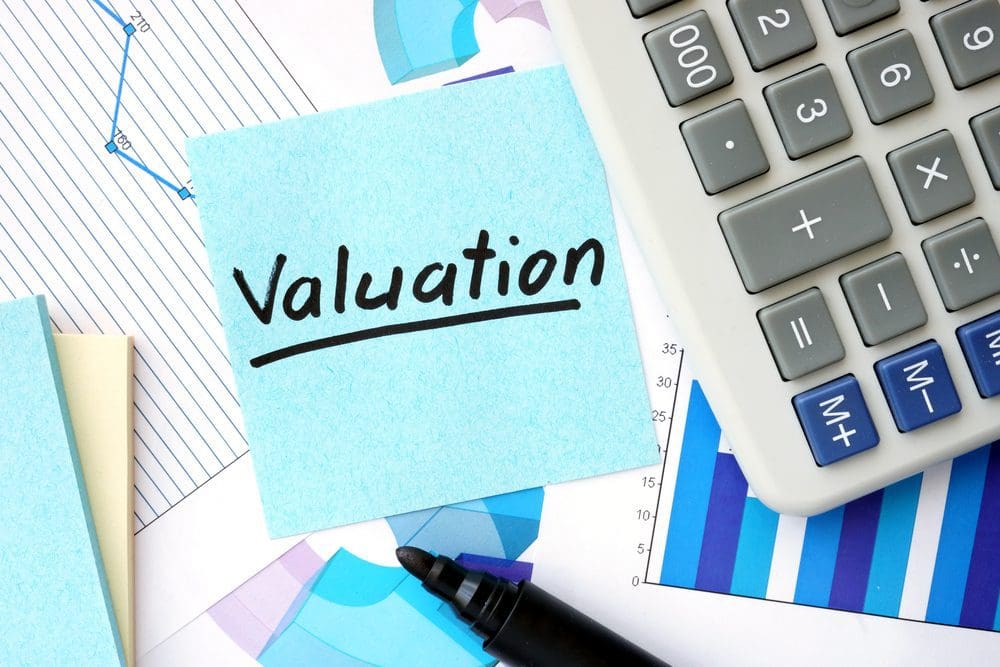Whether preparing for a merger, selling a business, or establishing partner ownership, you need to determine the market value of your company. To do this, you must conduct a business valuation that clearly shows how the company is performing now and which areas need improvement to add value.
Our post delves into the significance of a business valuation and explores different approaches to carry it out. Plus, we’ve got some tricks to overcome any challenges that come your way — with the help of virtual data room solutions.
What is a Business Valuation?
Also known as company valuation, business valuation is the procedure for determining the economic value of an organization. For this, appraisers inspect and analyze the entire business, including assets, depreciation, and other aspects.
A business valuation may be needed for many reasons, but the most common are as follows:
- Selling a business
- Exit planning
- Attracting investors
- Growth and expansion
- Insurance coverage
- Buying out a partner
- Divorce
In all these situations, knowing the company’s value gives you more confidence in decision-making.
The most common business valuation methods
Now, we invite you to study the most common business valuation methods.
1. Market capitalization
It is one of the simplest methods, based on multiplying the organization’s share price by the total number of outstanding shares.
Example: The market capitalization of a company with 100 million shares outstanding and a share price of $20 is $2 billion.
2. Times revenue method
A multiplier, which depends on the economic environment and industry, is applied to a stream of revenues generated over time.
Example: A service organization might be valued at 0.5x revenue, while a technology company – at 3x times.
3. Book value
It is the value of a company’s equity, as stated on the balance sheet. Essentially, book value is the difference between an organization’s total liabilities and assets.
Example: If a company has total assets of $150 million and total liabilities of $100 million, the book valuation is $50 million.
4. Earnings multiplier
The multiplier for earnings modifies future earnings according to the cash flow that could be invested at the current interest rate over the same duration. To clarify, it modifies the present price-to-earnings ratio to consider current interest rates.
Example: A corporation’s share price is trading at $80 per share, and its earnings per share are $8. The earnings multiplier is 10 ($80/$8).
5. Discounted cash flow
The DCF and earnings multiplier methods are similar. However, the DCF method is based on future cash flow projections, adjusted to present value. The main distinction between the DCF and earnings multiplier methods stems from the former considering inflation when determining the present value.
Example: At a 5% annual interest rate, $1 in a savings account would cost $1.05 annually. Likewise, if a $1 payment is late for a year, its present value will be 95 cents because you won’t be able to transfer it to your savings account to earn interest.
6. Liquidation value
Liquidation value is the net cash a company would receive if the liquidation of assets and paying off liabilities occurred today.
Example: The amount of money that the company owes is $550,000. The recorded value of the properties listed on the financial statement is $1 million, the amount that they could be sold for immediately is $50,000, and the expected price to be obtained from auctioning all assets is $750,000, which is equivalent to 75% of their original value.
It isn’t an exhaustive list of business valuation methods since there are also asset-based valuation, replacement value, breakup value, and others. Anyway, the procedure may bring you challenges, which are easy to solve with virtual data rooms.
Virtual data rooms for solving business valuation challenges
A virtual data room (also known as a due diligence virtual data room or M&A data room) is a multifunctional online solution for secure data storage and exchange. Also, the platform is used for business communication, compliance with data security regulations, and monitoring of workflows and deal parties.
Here are the business valuation challenges and how data rooms handle them.
Challenge 1: Lack of data accuracy
Accurate and up-to-date information is critical to the procedure. Lack of it complicates business valuation and distorts its results.
- Solution: A secure virtual data room provides user access controls that prevent unauthorized changes, document version control that helps maintain the integrity of critical documents, and AI-based data structuring that streamlines data search, reducing the likelihood of errors.
Challenge 2: Changing regulatory requirements
Changing accounting requirements, tax laws, and industry regulations affect the accuracy of business valuations. Therefore, you must have ways to comply with regulations no matter how quickly they change.
- Solution: VDR providers comply with international data security standards, including GDPR, CCPA, and HIPAA. Therefore, data room software users always meet these standards. Moreover, the platform creates reporting and audit trails that provide a history of document access and changes, promoting transparency and compliance.
Challenge 3: Business communication
Effectively communicating assessment results to stakeholders can be challenging. However, presenting results clearly and concisely is critical to facilitating informed decision-making.
- Solution: A data room for investors, business appraisers, and your team is a 24/7 accessible platform from any location. Therefore, you can seamlessly keep in touch, answer questions, and communicate assessment results using the Q&A module, private and group chats, comments, annotations, and notifications.
Business valuation can be challenging, but advanced business software can make it easier for you. To find the right provider, read about their services on official websites and check out virtual data room reviews. Once you’ve chosen a suitable provider, you’ll be ready to tackle this intricate procedure.


